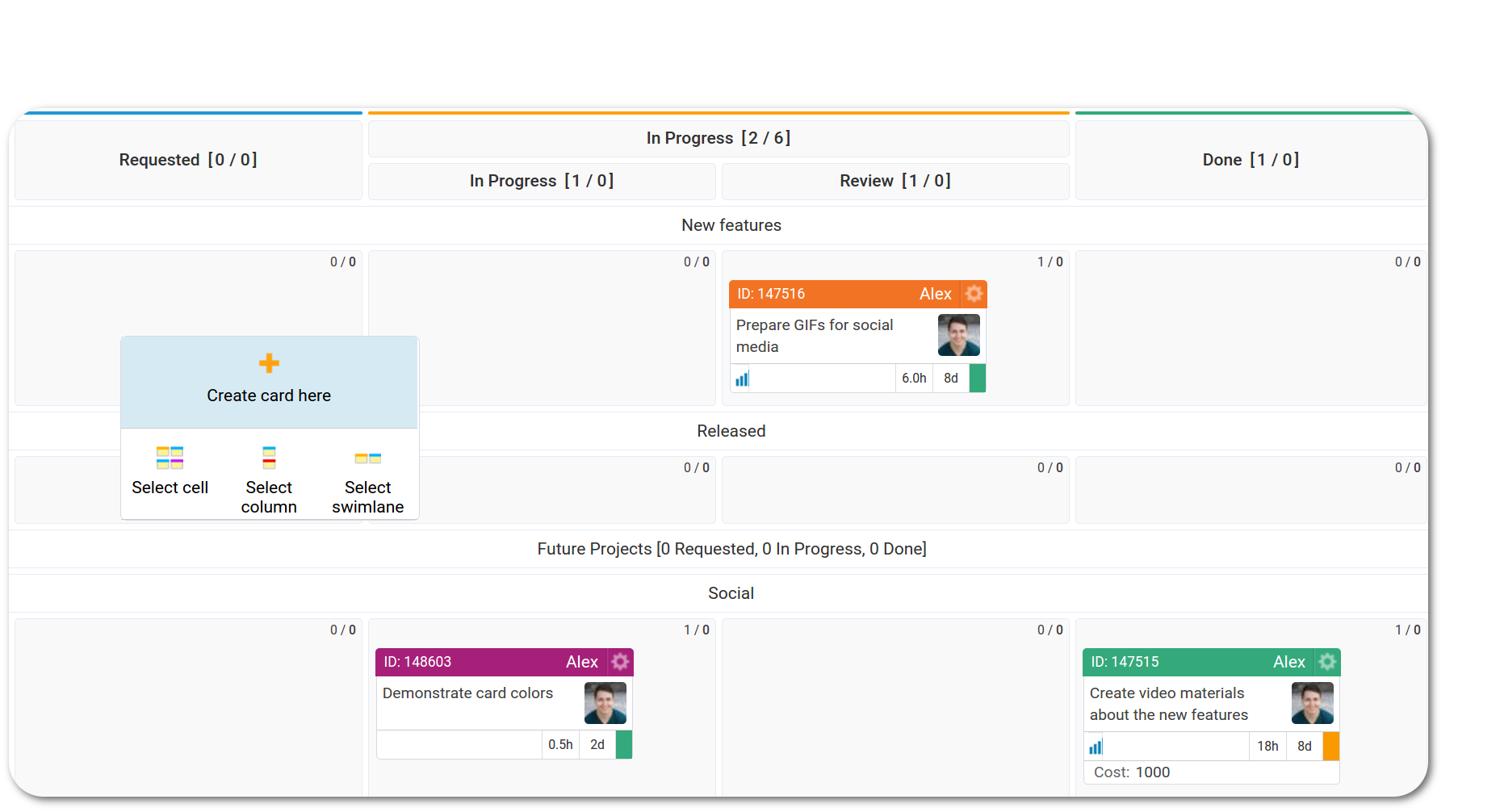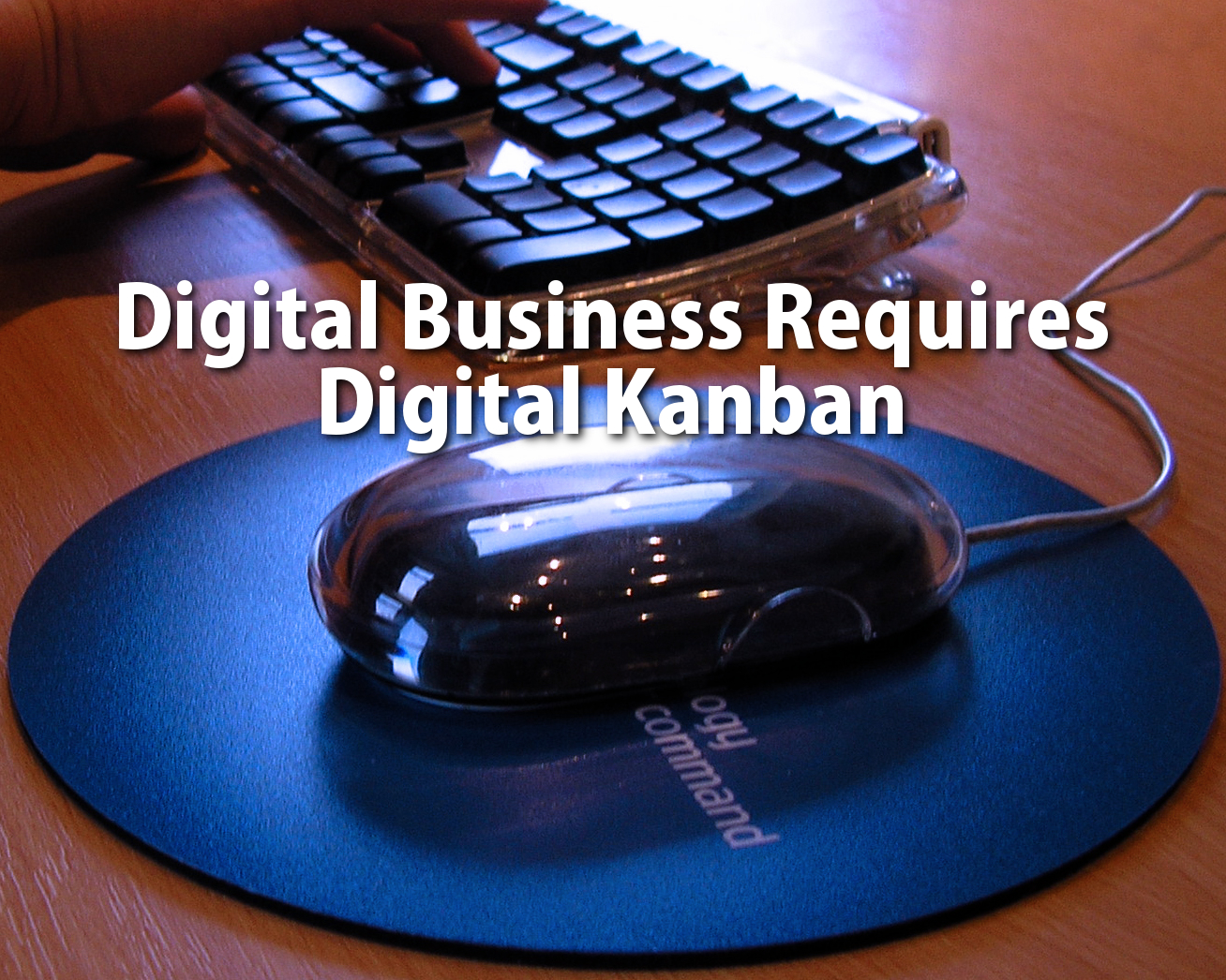The tempo of digital business development has been increasing steadily over time. This creates a lot of possibilities for companies willing to modernize, but also introduces plenty of hurdles along the way. Finding the right solution to increase speed and improve efficiency in workflow has consistently been among the primary concerns of company executives and has, more recently, become even more vital with the rise of various digital technologies. Many companies invest massive amounts of funding into developing their own unique ways of managing workflow, others choose to apply methods that have already proven their ability to generate desired results in other industries or trades.
Among the foundations of improvement is the concept of integrating visualization in the way teams work. Many companies still use only old fashioned status reports, in the form of spreadsheets and with the length of a small novel, to monitor their progress, but these prove to be too slow to generate and analyze. By the time these types of status reports are prepared, the information included in them is already outdated. Or all you can do is outsource it to a company—like Cavendish Wood—that will assist you to transform business taking the global digitization into consideration.
When a company has a complex work process and a number of people collaborating with each other, it is important to keep the ongoing activities at bay and in sight to make obvious the flaws of the process mapped on the framework. This is especially true for organizations which do not produce a product or service with a physical form and need to visualize progress in other tangible ways.
Since the second half of the 20th century, the Kanban framework has been used to visualize work processes in many organizations of various sizes across the globe.
In physical Kanban implementations, workflow is mapped on a board. It has a very customizable structure with an identical core, meaning that every Kanban board has three sections representing each stage of the flow: Requested, In Progress and Done, and as many columns and swimlanes as needed in order to draw a more precise path through the stages.
Every task that goes into the workflow is represented by an individual Kanban card. In the physical method, it is in the form of a sticky note with general information about the assignment like description, assignee, size, etc. The flow always goes from left to right and once a card enters a given section it can only move forward in the process, it should not move back to previous stages.
The Kanban method discourages multitasking and the assignee of a card in progress is not advised to start another before the current one is in the Done section. This allows complete focus to be dedicated to a single task in order to minimize the time it spends in the flow and, in essence, get completed faster. Kanban refers to the time it takes to move a card through the entire process as the cycle time of that particular task. As soon as the card is finished, the assignee takes on another card and the flow continues. To discourage the team from taking on many tasks at once, the Kanban method applies work in progress limits to the Kanban board framework to allow only a certain number of tasks in each of its section. Both management and other members of the team aim to keep to the WIP limits in order to prevent overloading of their workflow and the prevent its becoming unpredictable.
Physical Kanban boards an easy way to introduce the Kanban method and can enhance the collaboration between team members.
A single glance at a Kanban board is enough to update a person about their colleagues’ activities and make it easy to spot lack of capacity and where work can be relocated in order to improve the flow.
A great example of this is when a team member returns from an absence and passes by the board to catch up. In other circumstances, a team member might notice a large quantity of cards assigned to a specific colleague with similar responsibilities and offer their assistance. Project managers also have access to the board in order to replenish work queues, intervene when there is a bottleneck of the process and manage the flow of the entire system.
The board itself is an interesting addition to the office and attracts the attention of the team as, in most cases, it is placed in a central place in order to be visible to everyone. Everybody will want to show how good their performance is and will try to improve the cycle time of their tasks in order to prove their value to the project at hand even further. Another positive side of the physical board is that it is easy to use by encouraging the best use case for a familiar project structure, simple framework and intuitive design. A team can start to improve with very little training and, after a brief explanation of the principles of the board, everybody can start participating in maintaining their own leg of the process and keeping the flow.
The physical Kanban board is a great way to visualize and improve the workflow, but has a few limitations.
Physical boards require plenty of attention in order to be maintained. Even the tiniest of changes on it are done manually, which takes up valuable time and effort from the team that could be channeled towards the project itself.
Another flaw is the lack of analytical options. Having to gather data manually makes it harder to gather data about the cycle time of tasks and to measure the performance of each team member.
The team can only operate on a physical board if all of them work at the same location. Co-located teams tend to be a rare sight these days. It is not unusual even for smaller companies to have distributed teams, operating from different parts of the globe.
Last but not least, the physical boards can’t be integrated with virtual tools. Most companies out there usually make use of different software in order to increase their efficiency and bring more comfort to their work. As Kanban is meant to be used as a foundation of process improvement, the logical thing is to sync it with other tools and techniques that are already in place in order to evolve the complete company structure instead of just parts of it.
In the last decade, so many aspects of our work have gone digital. The future of the Kanban method itself is a digital Kanban board you can update from any computer and use to automatically generate data about your work.
Digital solutions created to help teams implement Kanban in their process provide the ability to integrate the Kanban board with a wide variety of tools and increase user productivity by up to a mind blowing 300%.
Teams can operate from any point on the globe where internet access is available. Digital boards may be structured with as many swimlanes and columns as the process requires and can be edited with just a few clicks.
Digital Kanban solutions have a long list of advantages which enable the users to take their productivity to a whole new level. For instance, the ability to react to new updates is enhanced thanks to card notifications that arrive to your mobile devices as push notifications and emails. Hooking a personal email client to a Kanban board means new messages can automatically be imported directly to a board as actionable Kanban cards. Analytics collect key metrics from your team’s process over time and make it easy to generate immediate reports for stakeholders and investors whenever you need them. Furthermore, updating your cards, one of the most laborious management responsibilities on the physical board, goes from manual to automatic in any online Kanban software.
A few of the available digital solutions for applying Kanban have been focusing on the automation of processes that were once manual, allowing users to leave many of the routine actions on the board to the system itself instead of to the team.
The Kanban method for visualizing and optimizing any work process finds its use in a variety of industries, from car manufacturing to web development. With a little creativity, it can be applied practically in every aspect of business. Whether you choose to use a physical board, or find a digital solution that best serves the goals of your business, without a doubt, your company will benefit from adopting Kanban in any degree.
Author Bio
 Alexander Novkov is Marketing Expert at Kanbanize where he specializes in content marketing and social media. Before getting into the tech world he was an economic reporter for the Bulgarian media OFFNews. Alex is passionate about creative writing and continuous improvement
Alexander Novkov is Marketing Expert at Kanbanize where he specializes in content marketing and social media. Before getting into the tech world he was an economic reporter for the Bulgarian media OFFNews. Alex is passionate about creative writing and continuous improvement

